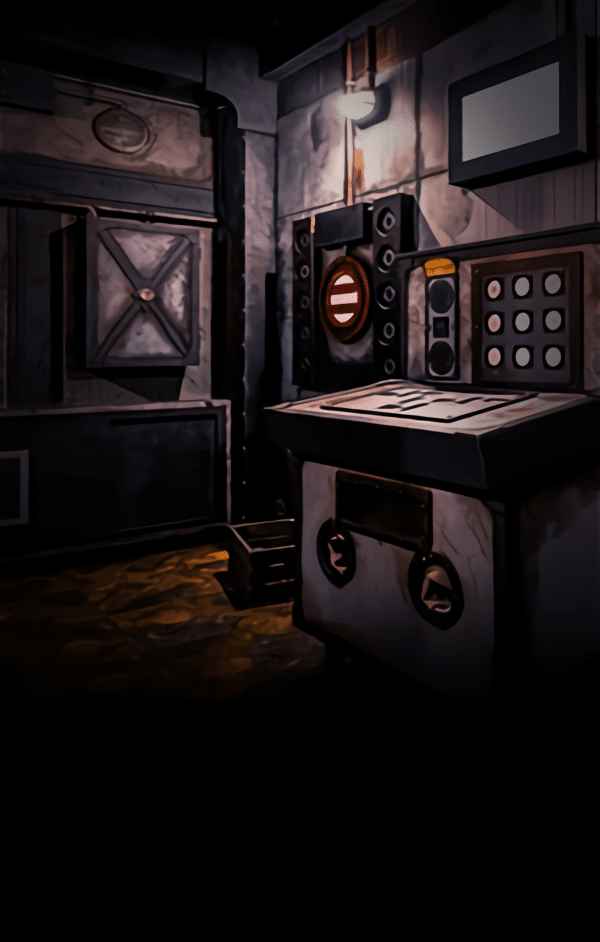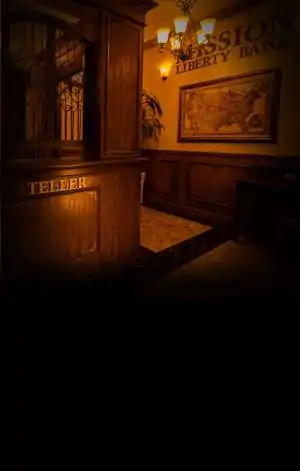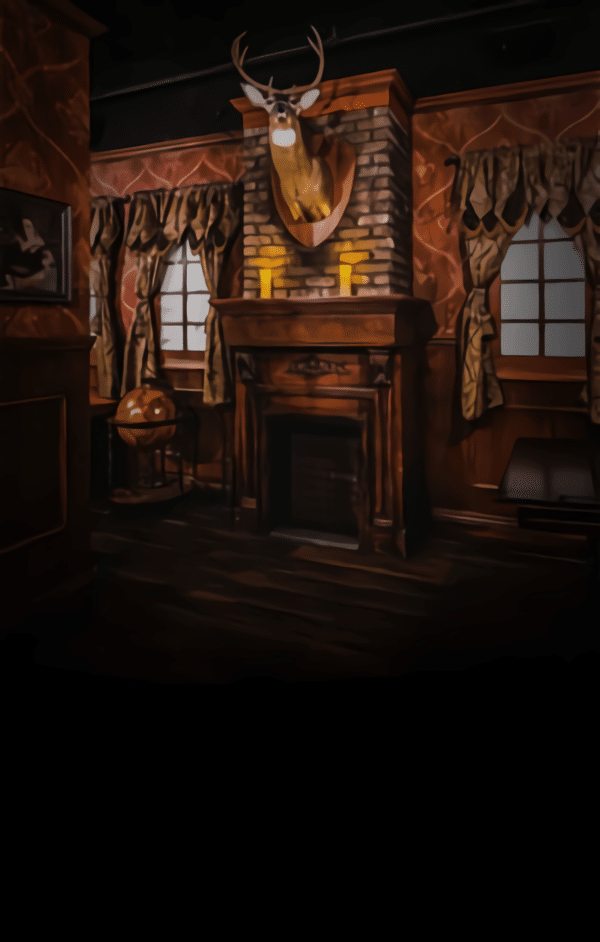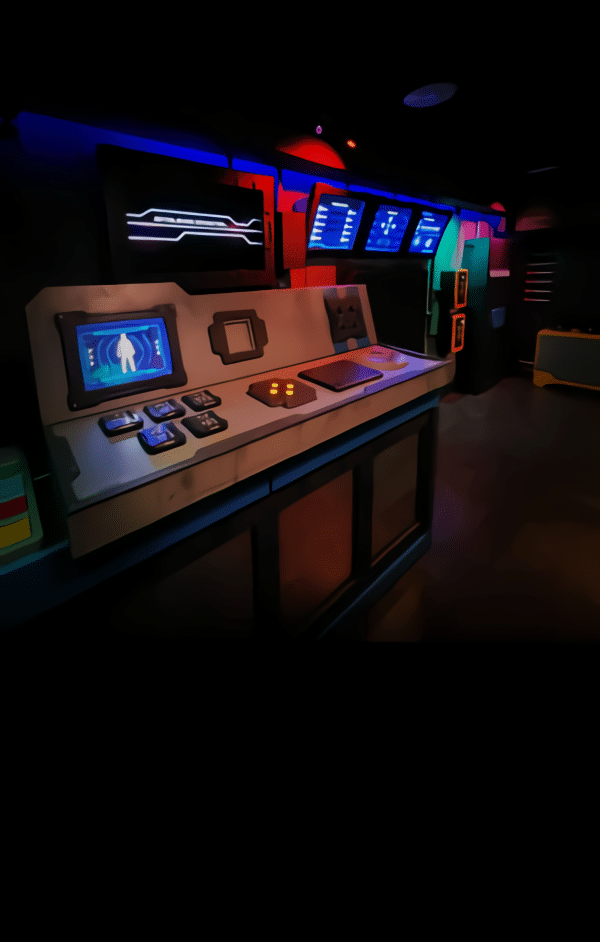How Are Escape Room New York Puzzles Designed?
The Art and Science Behind Escape Room Puzzles
Escape rooms have exploded in popularity, especially in a city as vibrant and fast-paced as New York. Among the most well-regarded venues is Mission Escape Games, known for its high-quality production, immersive storytelling, and brain-teasing puzzles. But have you ever wondered how these puzzles are actually designed?
Creating a great escape room experience is a mix of storytelling, psychology, logic, engineering, and user experience design. Each puzzle is meticulously crafted to challenge the mind while staying consistent with the narrative. In this article, we’ll dive into the puzzle design process at escape rooms in New York — with a special focus on the methodology used by Mission Escape Games.
See: Escape Room New York
Laying the Foundation: Story Comes First
At Mission Escape Games, puzzle design always begins with a compelling storyline. Before a single lock or code is introduced, the creative team first builds an engaging narrative. This foundation guides the development of the room layout, puzzle types, and overall atmosphere.
Why Story Matters:
-
It gives puzzles context — solving a cipher to stop a mad scientist is far more exciting than solving one at random.
-
It creates emotional engagement — players are more invested when they feel like part of the story.
-
It guides the pacing and puzzle progression, allowing the challenge to build alongside tension in the plot.
Whether it’s a mysterious laboratory or a haunted hideout, the theme dictates every design choice. For example, a game like “The Hydeout” at Mission Escape Games blends horror with mystery, influencing not just the decor but also how the puzzles are structured — creepy, mysterious, and slightly unsettling.
Puzzle Types: Variety is Key
A well-designed escape room mixes several types of puzzles to keep players engaged. At Mission Escape Games, puzzle diversity is a hallmark of their design.
Common Types of Puzzles Used:
-
Logic Puzzles – Require deduction or reasoning (e.g., Sudoku-style clues or sequence patterns).
-
Physical Puzzles – Require players to manipulate objects (e.g., assembling a jigsaw, fitting keys).
-
Search and Discovery Puzzles – Involve finding hidden items, compartments, or clues.
-
Combination Puzzles – Inputting codes based on solving other puzzles (keypads, locks).
-
Team-Based Puzzles – Require multiple players to act simultaneously to solve a task.
-
Tech-Driven Puzzles – Use sensors, RFID, or triggers to create magical effects when a puzzle is solved.
The goal is to offer a variety that tests different kinds of intelligence and keeps every team member involved.
Designing with Difficulty in Mind
A common misconception is that escape rooms are either easy or impossibly hard. In reality, Mission Escape Games carefully designs puzzles with balanced difficulty.
Puzzle Flow Strategy:
-
Start Easy: The first puzzles are generally straightforward to build confidence and excitement.
-
Increase Complexity: As the game progresses, puzzles become more layered and require more collaboration.
-
Peak with a Climax Puzzle: The final challenge usually ties back to the story and incorporates multiple previously solved clues.
Designers test for multiple learning styles — visual, spatial, logical — so that everyone in the group can contribute in a meaningful way. Puzzles are rarely just about intelligence. They reward observation, teamwork, and communication.
Playtesting: Where Theory Meets Reality
After puzzles are conceptually designed and physically built, Mission Escape Games conducts multiple rounds of playtesting. This process ensures puzzles are not only challenging but fair, solvable, and fun.
Goals of Playtesting:
-
Ensure clarity — are the clues understandable?
-
Adjust difficulty — are players spending too long or too little on a puzzle?
-
Check for bottlenecks — are too many people stuck in one area?
-
Test reset times and flow — is the room reusable and scalable for groups?
Playtesters can include internal team members, game designers, escape room enthusiasts, and sometimes casual players. The feedback loop is critical: designers will revise puzzles based on real-world interactions until they strike the perfect balance.
Incorporating Technology into Puzzle Design
Modern escape rooms like those at Mission Escape Games are increasingly blending tech with traditional puzzles. This isn’t just about being flashy — it adds layers of depth, surprise, and interactivity.
How Tech Is Used:
-
RFID triggers: Placing an object in a specific location activates a response.
-
Magnetic locks: Hidden, automatic, and immersive.
-
Sensors and timers: Trigger events based on timing or actions.
-
Augmented reality elements: Rare but used for futuristic or sci-fi rooms.
Tech-based puzzles often create magical moments — a drawer opens on its own, lights flash when a puzzle is solved, or eerie sound effects play when you activate a hidden mechanism.
But the design philosophy is clear: technology should enhance, not replace, player engagement.
Immersive Puzzle Integration: Thematic Consistency
What sets top-tier escape rooms like Mission Escape Games apart is the seamless integration of puzzles into the theme.
Rather than placing generic puzzles in a decorated room, designers make sure every clue, code, and prop has a purpose in the story.
Examples:
-
A spy-themed room may involve decoding intercepted transmissions or disabling a “bomb” under pressure.
-
A haunted house scenario might involve summoning spirits through symbolic patterns or aligning ancient relics.
This level of integration requires both creative thinking and meticulous design. Even the way hints are delivered (in-character, through audio recordings, etc.) contributes to immersion.
Safety and Accessibility in Puzzle Design
While the goal is to challenge players, Mission Escape Games also emphasizes player safety and accessibility during the design phase.
Key Considerations:
-
All puzzles must be safe to interact with — no sharp objects, electrical hazards, or tripping risks.
-
Clear instructions and emergency protocols are in place, even if hidden behind the in-game experience.
-
Accessibility is prioritized where possible — while some rooms may require crawling or tight spaces, others are designed to accommodate mobility restrictions.
All puzzle elements go through safety inspections and are designed for durability and reset-ability, ensuring every group gets a consistent experience.
Evolving Designs Through Feedback
After an escape room is launched, the design process doesn’t stop. Mission Escape Games continuously evaluates each room’s performance through customer reviews, internal observations, and feedback forms.
Post-Launch Adjustments Might Include:
-
Changing or clarifying a clue that confuses most players.
-
Rebalancing time expectations for a puzzle.
-
Adding visual hints or audio effects for engagement.
-
Fixing bottlenecks that slow down room progression.
By staying responsive to feedback, Mission Escape Games ensures that their puzzles not only remain challenging but evolve with player needs and expectations.
Conclusion
Designing puzzles for an escape room in New York — especially at high-caliber venues like Mission Escape Games — is a complex but rewarding process. It starts with a gripping story and evolves through layered logic, physical elements, immersive technology, and countless hours of testing. Each puzzle must entertain, challenge, and fit seamlessly into the room’s narrative, ensuring players are both mentally stimulated and emotionally engaged. So, the next time you walk into an escape room, remember: behind every lock, lever, or riddle is a team of designers who worked tirelessly to craft an unforgettable adventure.
Frequently Asked Questions
Q: How long does it take to design an escape room puzzle?
A: Puzzle design can take weeks to months, depending on complexity, theme integration, and testing. Each puzzle goes through several iterations before final approval.
Q: Do escape room designers use real-world logic for puzzles?
A: Yes, most puzzles rely on real-world logic and problem-solving principles, though they may be wrapped in fantasy or sci-fi themes to enhance immersion.
Q: Are the puzzles in every room unique at Mission Escape Games?
A: Absolutely. Each escape room has a custom set of puzzles that align with the room’s storyline and theme, ensuring no two experiences feel the same.
Q: Can puzzles be too difficult to solve without help?
A: While some puzzles are tough, Mission Escape Games offers a structured hint system. The goal is to challenge, not frustrate, players.
Q: Do designers consider teamwork when building puzzles?
A: Yes. Many puzzles are built to encourage communication and collaboration, requiring more than one person to solve them efficiently.









